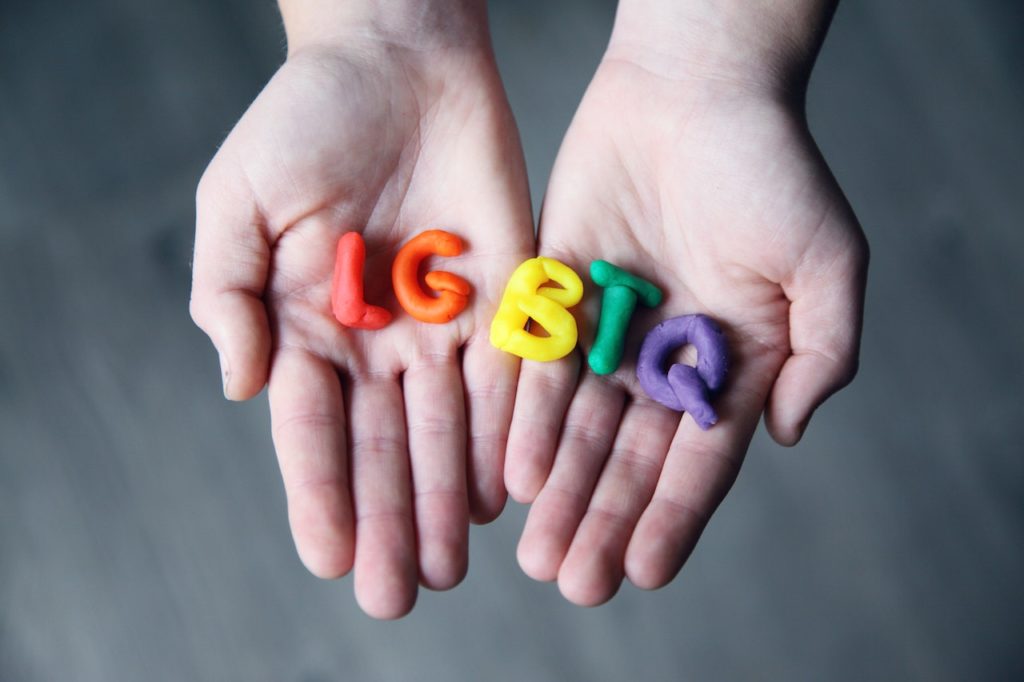A counsellor gets to resolve various issues, in his or her career comes across different people. While conducting sessions, the gender of the counsellee might create barriers for the preconceived notion carried by the counsellor. This is volatile, the counselling process gets stagnant and narrows the horizons of the counsellor.
A counsellor might get cases from the LGBTQIA+ community. The cases must be dealt with empathy, genuineness, unconditional positive regard irrespective of the counsellee’s gender. Sex is a biological assignment of the genitilia one is born with. Gender is something he/ she chooses to go ahead with. It is an individual construct.
A counsellor can have non binary counsellees (where the counsellee is not 100% male of 100% female), men, women, LGBTQIA+ individuals.
Do’s associated with such cases:
- Taking down valid/ necessary information. Name, age, family background (depending on client’s comfort), issue or history of substance abuse (depending on the client ‘s comfort).
- Considering the stage of life the counsellee is in
- Maintaining MENTAL flexibility as a counsellor
- Putting into use the qualities a counsellor must possess without gender biases
- Working on self, if the counsellor is homophobic or transphobic
- Using gender neutral language during sessions to avoid biases towards a particular gender
Don’t s associated with such cases:

- Gender narrowing – When the counsellor carries a pre conceived notion which he or she may impose on the client unknowingly, it may restrict the client’s urge to share
- Gender avoidance – Counsellor must not just talk on gender related issues (example – if the clients shares how they have been ostracized on their sex change) or discuss only mental health issues . The conversation must incorporate a balance of both the aspect as and when required.
- Gender generalization – Every client is different. The counsellor must not draw all the clients of a particular community in the same scale. There must be no assumption that all transgender individuals are the same.
- Not being over-observant , the client may be conscious of his/her appearance.
While dealing with women who have been through domestic violence, a male counsellor must not treat her as an object of sympathy or a female counsellor must not comment negatively on men (saying how men torture or cheat women or throwing light on patriarchy).
Men and women , both can be subject to violence from the end of the spouse/partner , so breaking the stereotypical notion in counselling process is important. Asking the counsellee about the available resources for the next step (if needed) is important. The counsellor must work on himself or herself first to come out of gender bias traits if any.
In a society where things are undergoing regular transformation, upgradation of existing knowledge and a non judgemental approach to deal with the clients will be very helpful.






Leave A Comment